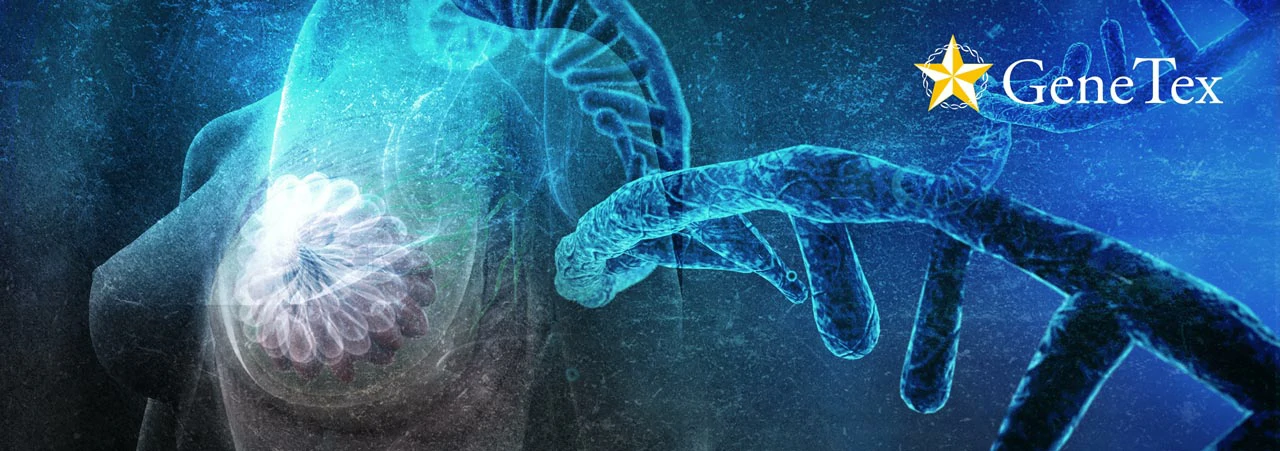Delineating the molecular processes that cause, or alleviate, genomic instability is essential for understanding both carcinogenesis and the actions of widely used cancer therapeutics. The tumor-suppressing BRCA pathway regulates the cellular response to DNA damage, and mutations in BRCA1 and BRCA2 are established risk factors for the genesis of breast and ovarian malignancies. Accumulation of single-strand breaks (SSBs) occurs in the context of BRCA deficiency, yet the events that convert SSBs to cytotoxic double-strand breaks (DSBs) have been incompletely defined. Elucidating the identity and function of the key factors involved is therefore of critical importance.
A new study by Hale et al. details an SSB to DSB transition process that is exacerbated by BRCA deficiency (1). Building on previous work describing the roles of the nucleases EXO1 and MRE11 in reversed replication fork degradation in BRCA-deficient cells, the authors now show that EXO1 promotes hydroxyurea (HU)- and cisplatin-induced ssDNA gaps in these mutant cells. MRE11 is also known to extend ssDNA gaps, and inhibition of MRE11 and EXO1 reduces ssDNA gap formation. Using a series of assays, the researchers go on to demonstrate that exposure to the man-made carcinogens bisphenol A (BPA) and diethylhexyl phthalate (DEHP) leads to nascent strand ssDNA gaps during replication that give rise to DSBs. Mechanistically, the ssDNA gap is expanded by the opposing exonucleolytic activities of MRE11 (in the 3’-5’ direction) and EXO1 (in the 5’-3’ direction), with cleavage of the parental DNA strand by the endonucleolytic function of MRE11 to create the DSB (1). Thus, the work of Hale et al. highlights the relevance of ssDNA gaps to genomic instability, and how subsequent enzymatic processing of these gaps may precipitate genotoxicity and carcinogenesis.
GeneTex offers an extensive catalog of quality antibodies and reagents for DNA damage and repair research, including the mouse monoclonal Mre11 antibody [12D7] (GTX70212) cited in the Hale et al. study. In addition, GeneTex is excited to introduce its extensively validated recombinant rabbit monoclonal Mre11 antibody [HL1386] (GTX636826). For more information, please see the product data images below and visit www.genetex.com.
Highlighted Products
Reference:
- Nat Commun. 2023 Oct 7;14(1):6265. doi: 10.1038/s41467-023-42011-0.

![Mre11 antibody [12D7] (GTX70212) Mre11 antibody [12D7] (GTX70212)](/upload/media/MarketingMaterial/Newsletter/2023/MRE11/landingPage_img_255x255_01.webp)
![Mre11 antibody [HL1386] (GTX636826) Mre11 antibody [HL1386] (GTX636826)](/upload/media/MarketingMaterial/Newsletter/2023/MRE11/landingPage_img_255x255_02.webp)
![Rad51 antibody [14B4] (GTX70230) Rad51 antibody [14B4] (GTX70230)](/upload/media/MarketingMaterial/Newsletter/2023/MRE11/landingPage_img_255x255_03.webp)
![BRCA1 antibody [17F8] - ChIP grade (GTX70111) BRCA1 antibody [17F8] - ChIP grade (GTX70111)](/upload/media/MarketingMaterial/Newsletter/2023/MRE11/landingPage_img_255x255_04.webp)
![PARP antibody [HL1364] (GTX636804) PARP antibody [HL1364] (GTX636804)](/upload/media/MarketingMaterial/Newsletter/2023/MRE11/landingPage_img_255x255_05.webp)
![PCNA antibody [HL1965] (GTX637858) PCNA antibody [HL1965] (GTX637858)](/upload/media/MarketingMaterial/Newsletter/2023/MRE11/landingPage_img_255x255_06.webp)